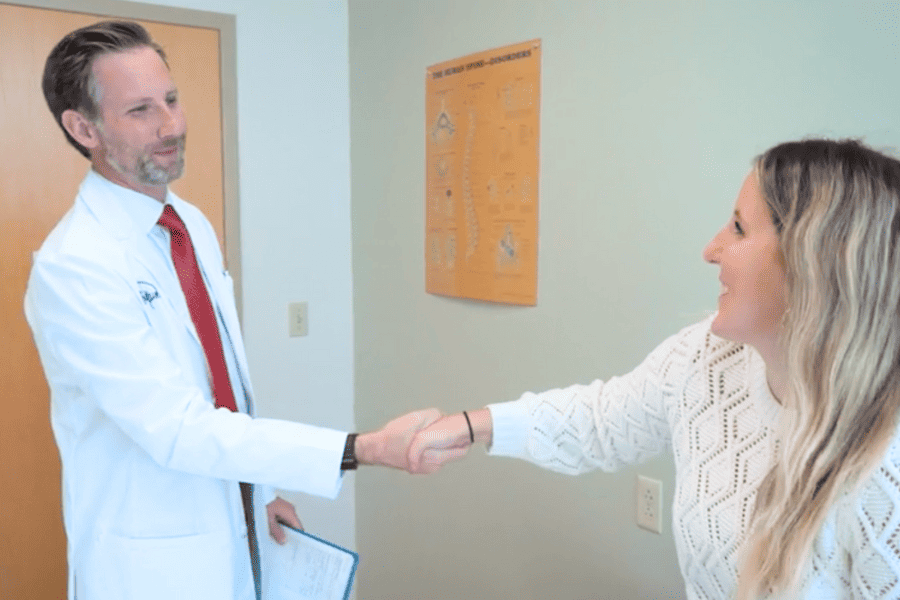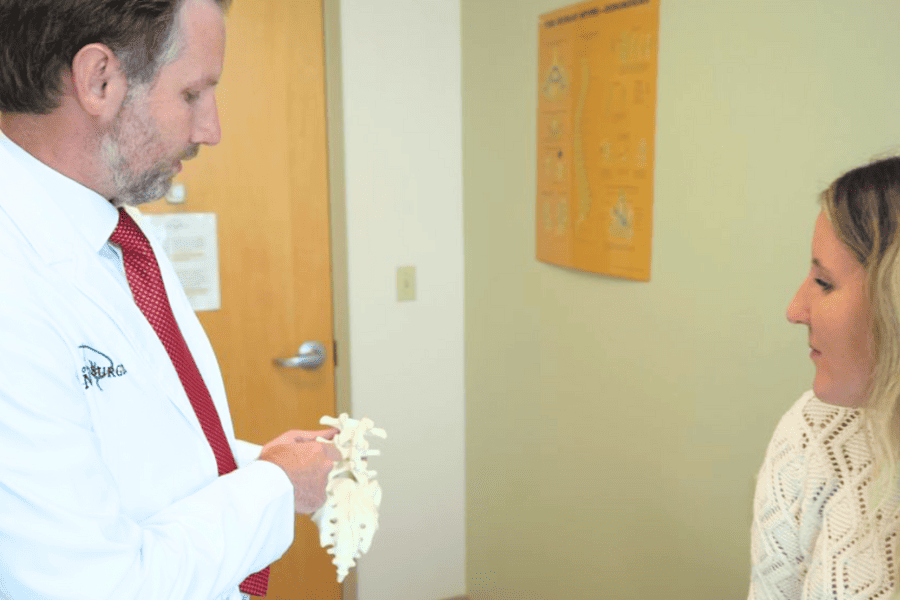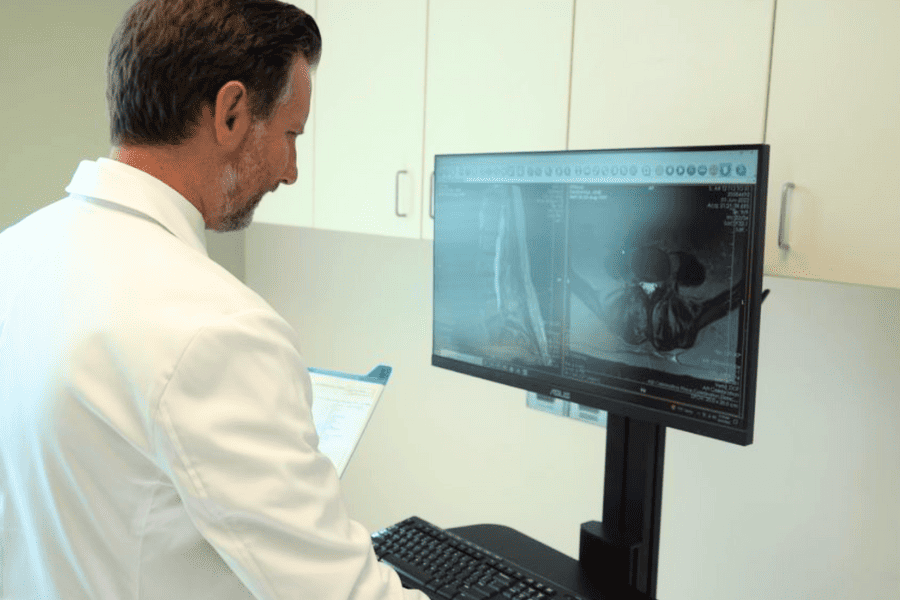Maintaining a healthy spine becomes necessary for our overall well-being as we age. Unfortunately, many of us experience debilitating spinal conditions that significantly impact our quality of life. One such condition is spinal stenosis, a degenerative condition that affects stability in the spine. According to the National Institute of Neurological Disorders and Stroke (NINDS), spinal stenosis affects approximately 8-11% of the adult population in the United States.
When asked why spinal stenosis matters to us as we age, Ryan F. Moncman, D.O., a neurosurgeon, at Orlando Neurosurgery states, “Understanding spinal stenosis is the first step towards effective management and regaining your quality of life.” In this article, we’ll help you understand:
What is Spinal Stenosis?
This condition is characterized by the narrowing of the spinal canal, the hollow space that houses the spinal cord and nerves. This narrowing can exert pressure on the spinal cord and nerve roots, leading to pain, numbness, and weakness in the affected areas. The condition most commonly occurs in the lumbar (lower back) and cervical (neck) regions of the spine, though it can also affect the thoracic (mid-back) area.
Causes and Risk Factors of Spinal Stenosis

Dr. Moncman explains, “Spinal stenosis can be broadly classified into congenital and acquired types.” Congenital stenosis is present at birth and occurs due to an abnormally narrow spinal canal. On the other hand, acquired stenosis develops later in life and is commonly associated with the natural aging process. “As we age, the spinal structures undergo wear and tear, leading to the narrowing of the spinal canal,” adds Dr. Moncman.
Several risk factors can contribute to the development of acquired spinal stenosis, including:
- Age: The risk of spinal stenosis increases with age, particularly after 50 years old.
- Arthritis: Degenerative changes in the spine due to arthritis can contribute to spinal canal narrowing.
- Herniated Discs: Displaced intervertebral discs can compress the spinal cord or nerves.
- Spinal Injuries: Traumatic injuries to the spine can lead to stenosis.
- Tumors: Abnormal growths in or near the spinal canal can cause compression.
- Genetic Factors: Some individuals may have a genetic predisposition to developing spinal stenosis.
Recognizing the Symptoms

The symptoms of spinal stenosis can vary depending on the location and severity of the narrowing. Common signs and symptoms include:
- Pain: Persistent back pain, neck pain, or pain radiating to the arms or legs.
- Numbness or Weakness: Tingling sensations, numbness, or weakness in the extremities.
- Difficulty Walking: Some individuals may experience difficulty walking or a sensation of leg weakness.
- Loss of Bladder or Bowel Control: In severe cases, spinal stenosis can cause bladder or bowel control loss, requiring immediate medical attention.
It’s important to note that symptoms may worsen over time or vary in intensity, and they can be aggravated by certain activities or positions, such as standing or walking for prolonged periods.
Diagnosis and Treatment Options

Diagnosing spinal stenosis involves a comprehensive evaluation by a qualified healthcare professional. Dr. Moncman highlights the importance of imaging tests: “X-rays, MRI, and CT scans are valuable tools to confirm the diagnosis and assess the extent of spinal canal narrowing.”
The treatment for spinal stenosis depends on the severity of the condition and its impact on the patient’s daily life. Non-surgical treatment options may include:
- Physical Therapy: Targeted exercises can help strengthen the supporting muscles and improve flexibility.
- Pain Management: Over-the-counter pain relievers or prescription medications can help manage pain and inflammation.
- Epidural Steroid Injections: These injections can provide temporary relief by reducing inflammation around compressed nerves.
In cases where conservative treatments do not provide sufficient relief, surgical intervention may be considered. Advanced surgical techniques like laminectomy or spinal fusion can relieve pressure on the spinal cord and nerves, providing lasting relief.
Spinal stenosis is a complex condition that can significantly impact an individual’s quality of life. Understanding its causes, recognizing its symptoms, and seeking prompt medical attention is essential for early diagnosis and effective management. If you are struggling with symptoms, make an appointment today with Dr. Moncman at Orlando Neurosurgery.
Sign Up for Our Newsletter
Get the latest news and updates from Orlando Neurosurgery delivered straight to your inbox.


